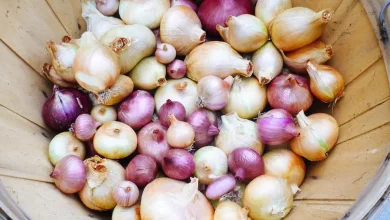Vine Pests and Diseases: [Detection, Causes and Solutions]
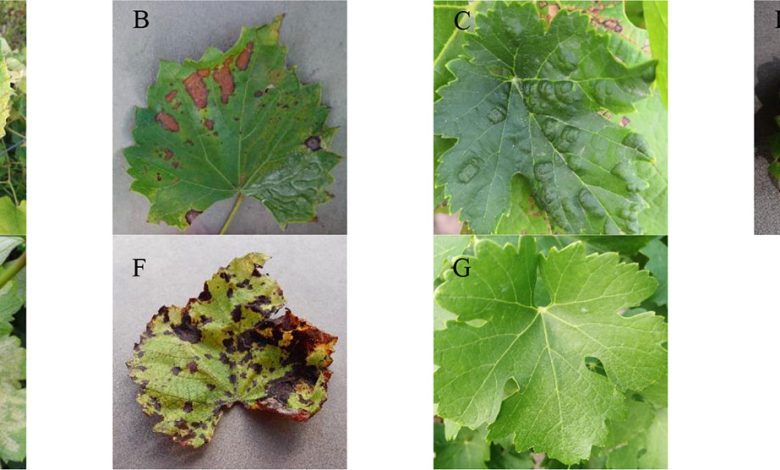
 The vine is one of the most important crops that exist in Spain because it is the basis for wine production.
The vine is one of the most important crops that exist in Spain because it is the basis for wine production.
The care of the entire work process that gives a good harvest will be reflected in the quality of the wines that are achieved.
The problem is that the vine can be the victim of serious attacks by pests and diseases that see its vegetation as the ideal place to settle.
Therefore, it is up to us to document ourselves in this regard and work in an organized way so that problems are avoided or corrected in a timely manner.
gray rot
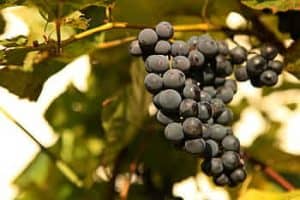 It is one of the most worrying diseases that can attack a vineyard because what it produces, as its name indicates, is rot.
It is one of the most worrying diseases that can attack a vineyard because what it produces, as its name indicates, is rot.
In some scenarios it is known as botrytis and develops from the presence of a fungus that settles on the fruit .
The grapes, therefore, are in poor condition for consumption as well as covered by the fungus itself through a brown or gray stain.In other cases, it does not attack the fruits, but rather begins its damage earlier by settling in the flowers, which causes the newly born grapes to become infected.
It is one of the diseases that needs high levels of humidity to thrive, becoming unstoppable when the conditions are right.This is because it has two main routes of contagion: by contact or by the wind that carries the spores from one place to another.
The use of special fungicides for this fungus is the only corrective measure to be applied in the field of chemical products.However, when it is noticed that the disease could manifest itself depending on the humidity levels of the environment, aeration will help.
This will be achieved by eliminating bunches of grapes and even some plants to allow air to circulate freely among the rest of the plantation.
aphids
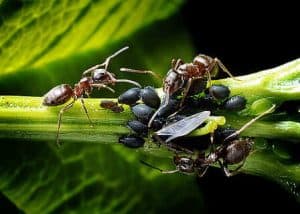 The presence of aphids in the vineyards could be more or less frequent depending on the data provided by the stages of regular crops in the area.
The presence of aphids in the vineyards could be more or less frequent depending on the data provided by the stages of regular crops in the area.
They have the property, unlike when they attack other types of crops, of remaining attached to the bunches and shoots of the plants.
This is because it is from there that they obtain food, either by sucking the sap from the leaves or the liquid from the fruits.One of the biggest concerns around this one is that it has a lot of agility to move and spread throughout the farm field.
The good news is that it is possible to control an infestation with the help of natural predators, such as ladybugs.If more advanced measures are needed, removing the areas of the plant that are most affected will also help, although it will not eradicate them completely.
powdery mildew
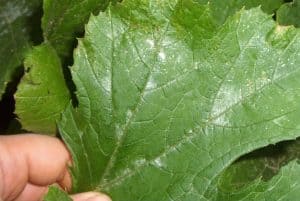 It is a fungal disease that in vine fields can cause damage to leaves and stems.The causes that lead to its development are related to the environment, when the temperature and humidity rise .
It is a fungal disease that in vine fields can cause damage to leaves and stems.The causes that lead to its development are related to the environment, when the temperature and humidity rise .
The action on the leaves is evidenced by the presence of a white powder that is located both on the front and on the underside.
This dust that corresponds to the fungus causes the leaves to wrinkle from the edges to the center of them.In the case of the stems, necrosis is the main symptom , leading them to wither and consequently affecting the development of the plant.
The most worrying thing is that it is a disease that is activated during warm weather, but can maintain its mycelium in the winter.But despite all this panorama, it does have treatment.
This has given good results in vine -growing areas that have had a large number of ear attacks, so the disease is considered endemic. One way to avoid its appearance is by applying powdered sulfur, which helps to slow down or at least slow down its attack levels.
cluster moth
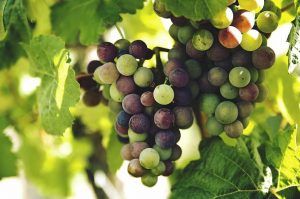 It is one of the pests that generate less damage to crops by its own action.
It is one of the pests that generate less damage to crops by its own action.
However, it is worth mentioning because its effects can serve as a gateway for the development of bacterial or fungal diseases.
The moth can be recognized by being in the form of a butterfly of just 14 mm in length. The caterpillar is almost always yellowish green.As is logical, the consumption that the caterpillars make of the fruit is also capable of generating rot in them , affecting the quality of the final product.
And, if this is so, the wines could also be affected, possibly generating some level of toxicity.In this case it is necessary to apply specific treatments for the adult and for the caterpillar.
The moths can be captured using commercially available traps , such as food traps.For caterpillars, insecticides are the best alternative but care must be taken to provide good aeration to the crop.
Mildew
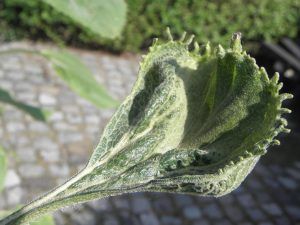 Mildew represents one of the best-known diseases in grapevine cultivation and causes considerable damage, as well as being difficult to control .
Mildew represents one of the best-known diseases in grapevine cultivation and causes considerable damage, as well as being difficult to control .
In fact, it is produced by a specific fungus for this type of plantation known as Plasmopara Vitícola.Its action occurs when temperatures and humidity are high.
It is easy to settle in crops where they create tubes inside the leaves, thanks to the action of their spores.In the case of the outer part, the leaves are evidenced by an oily stain on the upper side, while on the underside what is noticeable is a white powder.
It should be noted that both symptoms leave a clear sign of the presence of mildew and if it is not attacked in time, it will end up defoliating it.Another negative effect occurs on the stems where the effects produced are evidenced by the presence of necrosis.
Lastly, there is the case of clusters, in which the fungus causes them to dry out and the harvest to be lost.To treat it properly, it is necessary to be very attentive to the development of the oily spot on the leaf.
It is also essential to use fungicides that are approved by the competent authorities to avoid toxic damage to the fruit.With all these data, it will be much more possible to deal with the damage that could occur to vine crops during their development.



![Photo of Summer Flowers: [Names, List, Characteristics and Care]](https://www.complete-gardening.com/wp-content/uploads/2022/08/summer-flowers-names-list-characteristics-and-care-390x220.jpg)
